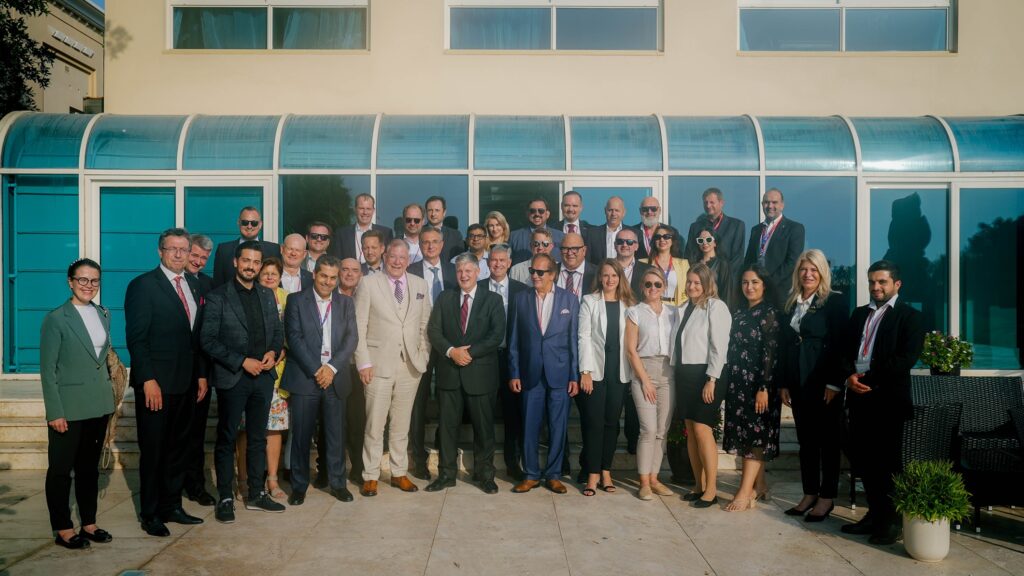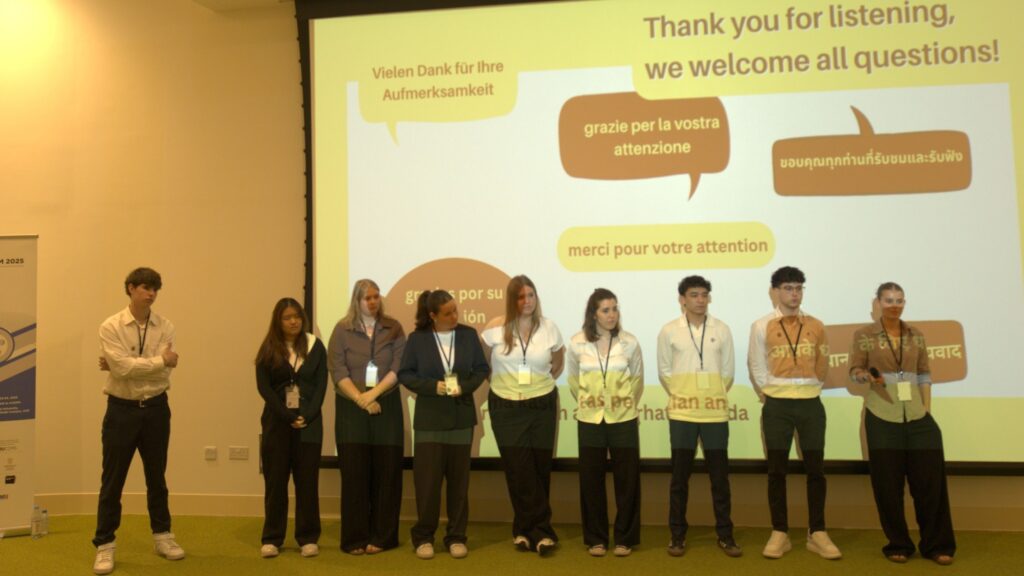
July 18, 2025
TBWA\RAAD Announces Senior Promotions Across Key Departments
At TBWA\RAAD, nurturing people is more than a policy—it is the agency’s growth engine. By relentlessly investing in learning, mentorship, and well‑defined career pathways,…

July 18, 2025
At TBWA\RAAD, nurturing people is more than a policy—it is the agency’s growth engine. By relentlessly investing in learning, mentorship, and well‑defined career pathways,…

July 15, 2025
AlUla Moments has unveiled its eagerly awaited 2025-2026 calendar, inviting visitors from across the Kingdom and around the world to experience a year of…

June 10, 2025
The Effie LIONS Foundation, a global non-profit organisation committed to ensuring the marketing industry is creative, effective, and open to everyone, has officially launched…

June 10, 2025
McDonald’s UAE will mark its first-ever McHappy Day on Thurday, 12th June with a nationwide initiative aiming to improve access to free healthcare for…

June 9, 2025
Publicis Communications KSA, the creative hub of Publicis Groupe Middle East has announced the appointment of Hessa Al Sudairy as Executive Creative Director. In…

June 9, 2025
The SMARTIES™ KSA Awards 2025 is accepting submissions for the esteemed celebration of marketing excellence. This is an exclusive opportunity to showcase your most impactful campaigns and gain recognition alongside the industry’s…

June 4, 2025
Warner Bros. Discovery is continuing the fun-filled anniversary year for the beloved Tom and Jerry by celebrating Cheese Day on June 4th. This milestone…

June 3, 2025
Spark Foundry ME, part of Publicis Media Middle East, hosted an exclusive beauty summit on 22 May, bringing together LVMH beauty brands and leading…

May 28, 2025
MassiveMusic Dubai, the Middle East’s leading sonic identity and music agency, has won its third gold in a row at the 2025 Transform Awards…

May 28, 2025
In response to the shifting dynamics of global trade, German small and medium-sized enterprises (SMEs) are increasingly seeking stable and strategic markets for international…

May 27, 2025
Netflix, in partnership with the Arab Fund for Arts and Culture (AFAC), concluded its Women in Film: Bring Your Story to Life program with…

May 27, 2025
AppsFlyer, the global leader in mobile measurement, attribution, and data analytics, today announced the promotion of Sarah Maina to the position of Regional Manager,…

May 26, 2025
Zayed University (ZU) is proud to announce that it has hosted the 2025 GlobCom Symposium on 23–24 May 2025 at its Abu Dhabi campus,…

May 26, 2025
G42, the global technology group headquartered in the United Arab Emirates, today announced its participation to Viva Technology, Europe’s biggest tech and startup event,…